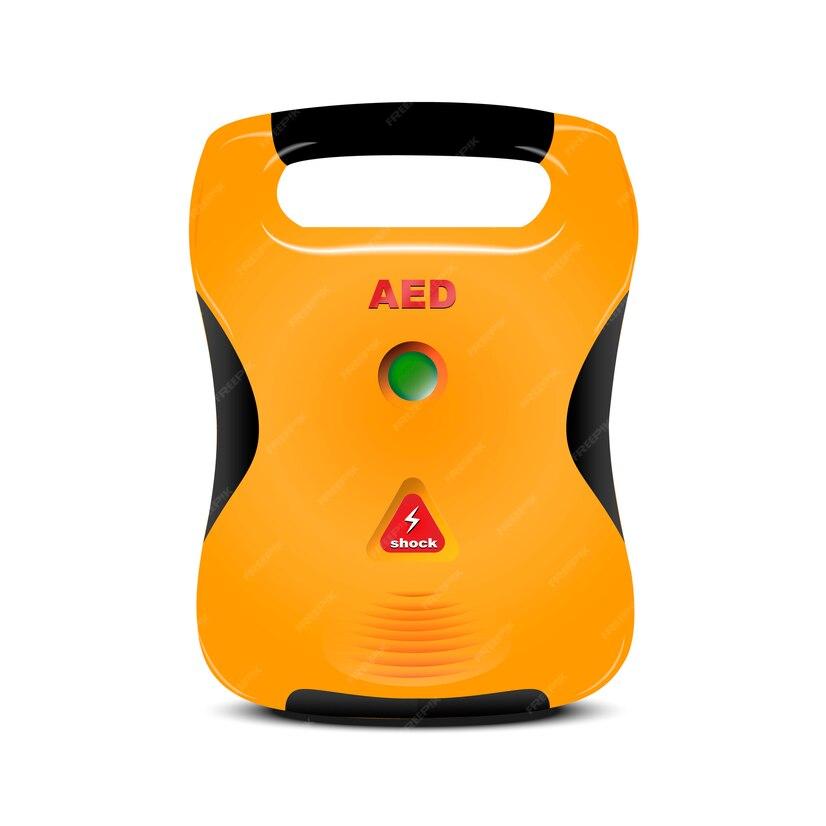Automated External Defibrillators Market : Impact of Technological Advancements and Regulatory Support

Automated External Defibrillators market are portable, life-saving medical devices used to treat sudden cardiac arrest (SCA) through the delivery of a shock to the heart, aimed at restoring its normal rhythm. AEDs are designed for easy use by non-medical individuals with minimal training, allowing them to quickly intervene in emergency situations where a person experiences cardiac arrest. The growth of the AED market is driven by increasing awareness of the need for early intervention in cardiac emergencies, advancements in AED technology, and favorable government policies.
Market Drivers
-
Rising Incidence of Cardiovascular Diseases (CVDs):
The increasing prevalence of cardiovascular diseases (CVDs) globally is a major driver for the growth of the AED market. CVDs, including heart attacks and strokes, remain leading causes of death worldwide, and the incidence of sudden cardiac arrest is rising. As CVDs continue to affect a significant portion of the population, the need for accessible AEDs becomes more pressing, particularly in public spaces, workplaces, schools, and sports facilities. -
Public Awareness and Training Programs:
In recent years, there has been a substantial increase in public awareness and training programs related to CPR (Cardiopulmonary Resuscitation) and AED usage. Educational campaigns aimed at encouraging citizens to be trained in life-saving skills have led to widespread adoption of AEDs. Additionally, governments and organizations are promoting the installation of AEDs in public places to ensure timely intervention in case of a cardiac emergency. -
Technological Advancements:
Continuous technological advancements in the design and functionality of AEDs have also contributed to the market’s growth. Modern AEDs are equipped with features such as real-time voice prompts, visual guidance, automatic shock delivery, and increased portability. These advancements make the devices more user-friendly, even for individuals with no prior medical training, and improve their effectiveness in emergency situations. -
Government Initiatives and Regulations:
Several governments and health organizations have implemented regulations that promote the installation of AEDs in public areas and private establishments. Policies such as the requirement for AEDs in schools, airports, and other public spaces are driving market growth. For example, in the United States, the American Heart Association (AHA) and other bodies have lobbied for public access to AEDs as a part of their efforts to improve survival rates from sudden cardiac arrest.
Market Segmentation
The AED market can be segmented based on various factors, including device type, end-user, and geography.
-
Device Type:
AEDs are available in two main types: semi-automatic and fully automatic. Semi-automatic AEDs require the user to press a button to deliver the shock after analyzing the heart rhythm, while fully automatic AEDs administer the shock automatically once the device detects the need. The choice between these types depends on factors such as ease of use and cost, with semi-automatic models being more commonly adopted due to their lower cost and ease of use. -
End-User:
The primary end-users of AEDs include hospitals, healthcare institutions, emergency services, public spaces, and individuals. Hospitals and healthcare institutions represent a significant share of the market due to their need for advanced AED models capable of handling various cardiac emergencies. However, the increasing placement of AEDs in public spaces, workplaces, gyms, schools, and airports is helping to expand the market, as these settings contribute to the immediate response during cardiac arrests. -
Geography:
Geographically, North America dominates the AED market due to the region's advanced healthcare infrastructure, high awareness levels, and strong government initiatives. Europe follows closely, with countries like the UK, Germany, and France leading in the adoption of AEDs in public spaces. The Asia Pacific region is witnessing rapid growth, fueled by rising healthcare awareness, increasing adoption of AEDs in public places, and government policies focused on reducing cardiac arrest fatalities.
Market Challenges
Despite the positive market outlook, there are several challenges facing the AED market.
-
High Cost of Devices:
While AEDs are critical for saving lives, their high initial cost can be a barrier to their widespread adoption, particularly in lower-income regions and smaller businesses. The cost of the devices, along with the necessary maintenance and training requirements, can be a significant financial burden. -
Lack of Awareness in Certain Regions:
Although awareness of AEDs has been increasing, some regions still face a lack of understanding about their importance and proper use. This results in lower adoption rates, especially in rural areas and developing nations, where access to AEDs is more limited. -
Regulatory Challenges:
AEDs are subject to various regulatory standards and certifications in different countries, which can complicate the global distribution of devices. Manufacturers must ensure compliance with these regulations, which can add complexity to the production and marketing of AEDs.
Competitive Landscape
The AED market is highly competitive, with several established players dominating the market. Some of the key manufacturers include Philips Healthcare, Zoll Medical Corporation, Medtronic, Schiller AG, and HeartSine Technologies. These companies focus on expanding their product portfolios, improving technology, and enhancing the accessibility of AEDs in different regions.
In conclusion, the AED market is poised for significant growth driven by increasing demand for life-saving devices, technological advancements, and supportive government policies. While challenges such as cost and regional disparities in awareness remain, the overall outlook for the market is positive, with expanding adoption across various sectors. As the awareness of the importance of early intervention in cardiac emergencies continues to rise, the AED market is expected to continue its upward trajectory, saving lives across the globe.
- Art
- Causes
- Crafts
- Dance
- Drinks
- Film
- Fitness
- Food
- Games
- Gardening
- Health
- Home
- Literature
- Music
- Networking
- Other
- Party
- Religion
- Shopping
- Sports
- Theater
- Wellness


